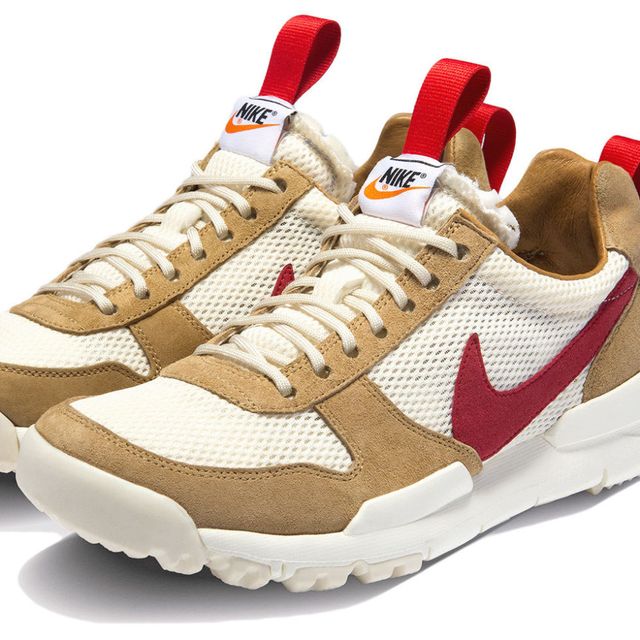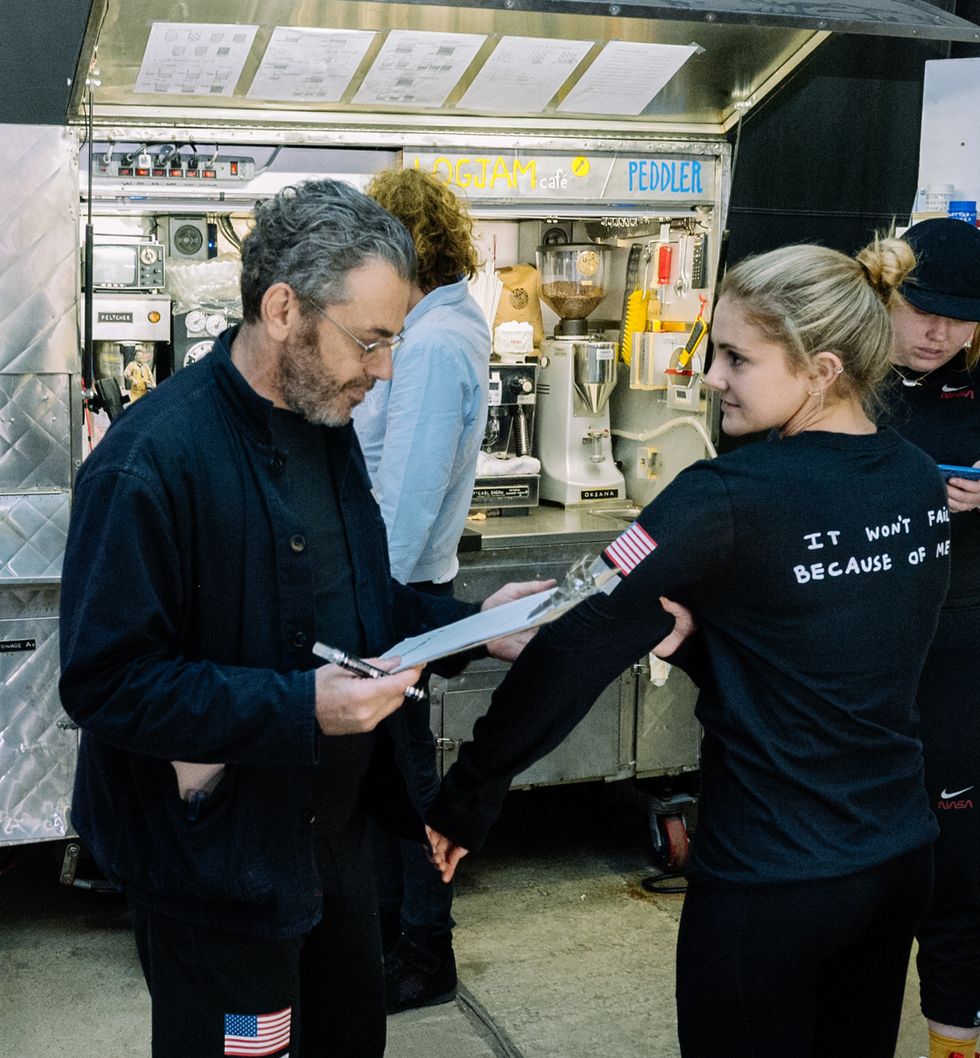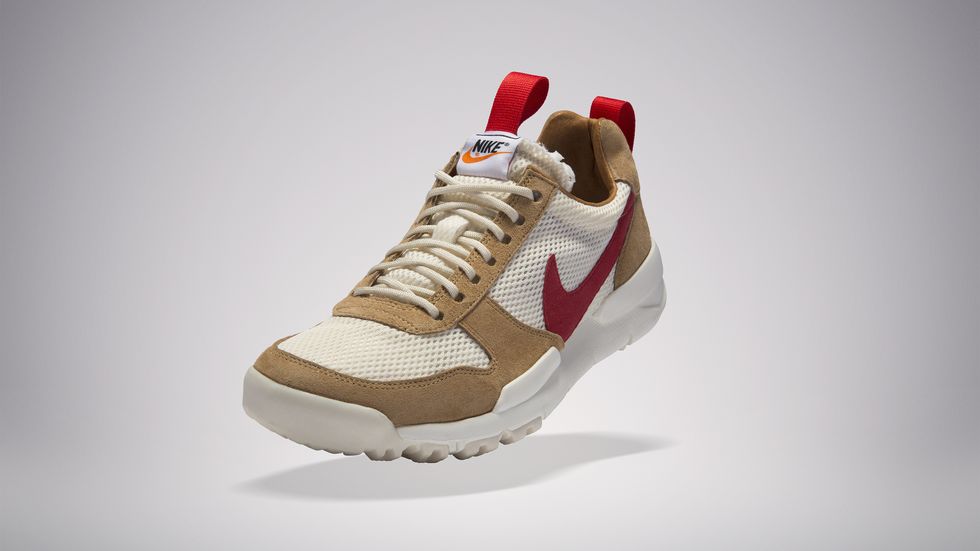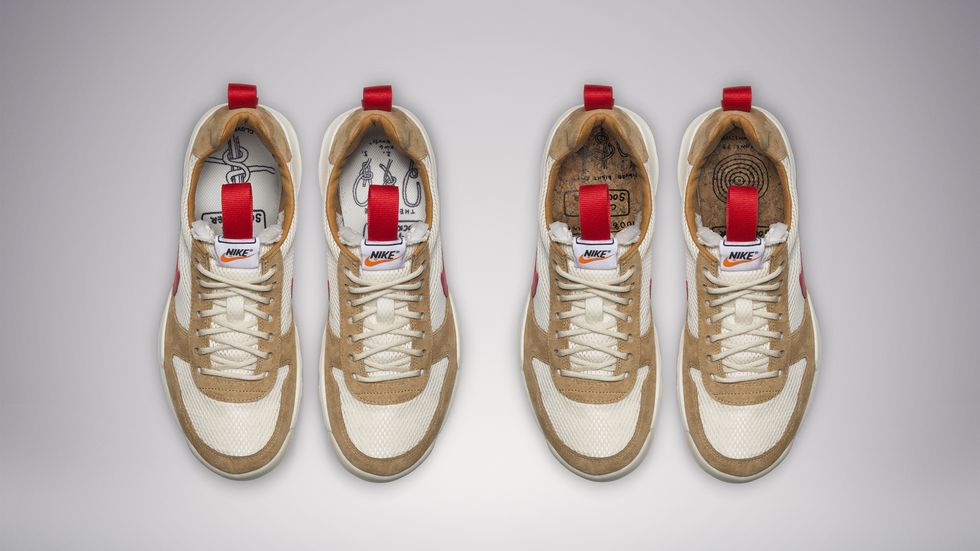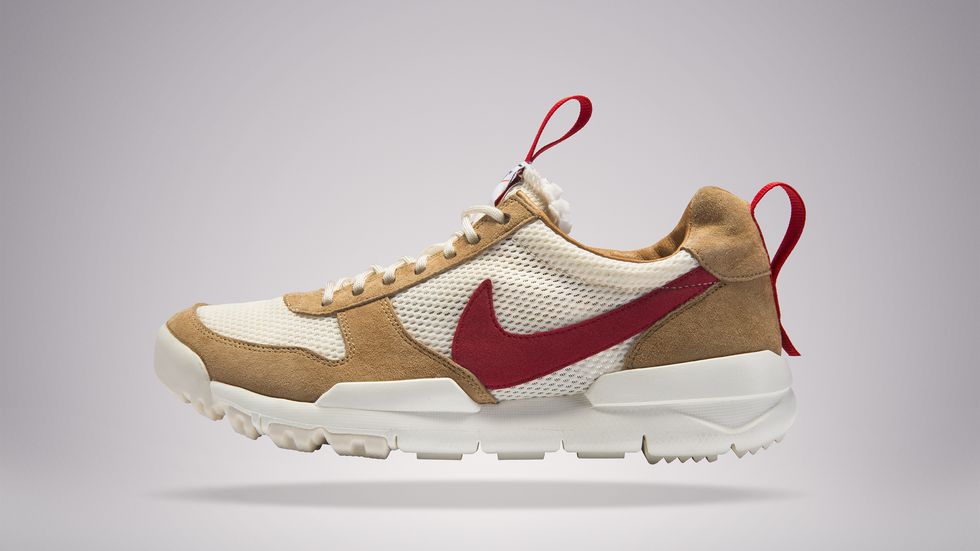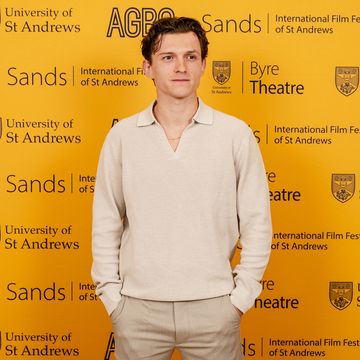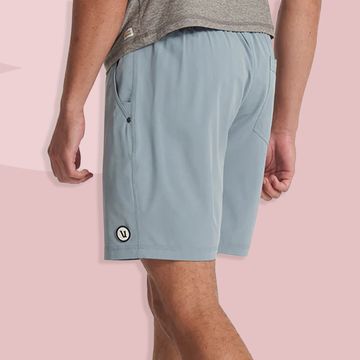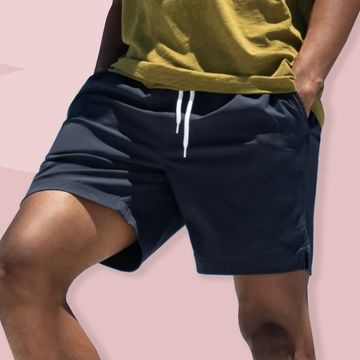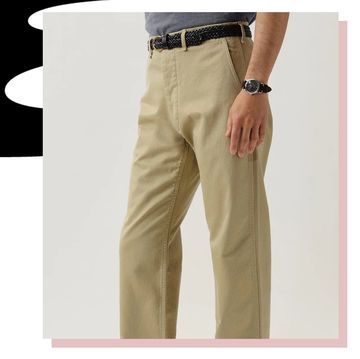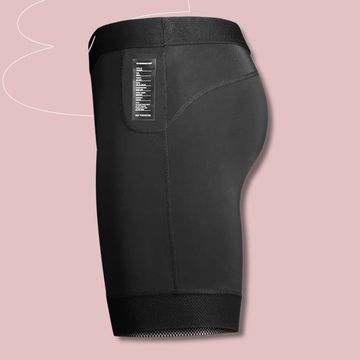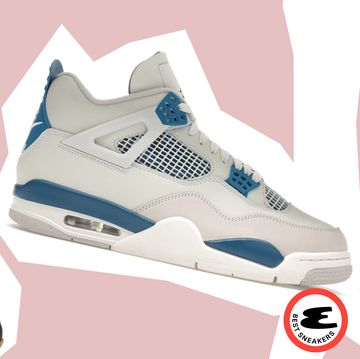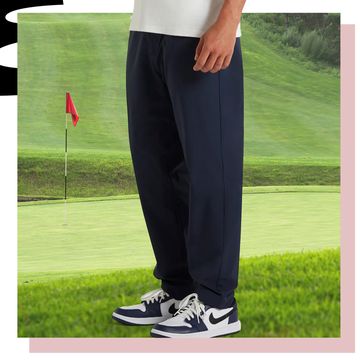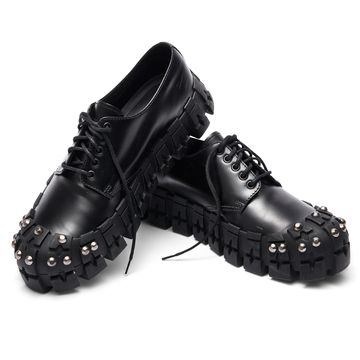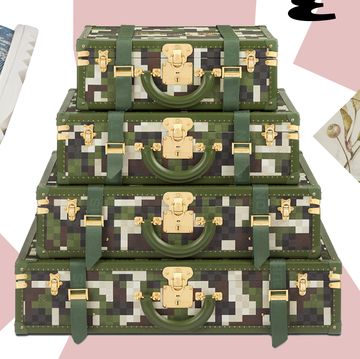In 2009, the artist Tom Sachs—an installationist, whose work often critiques the trappings of consumer culture—aired his grievances with Nike to its CEO, Mark Parker, at a party he was hosting in Paris. "I was basically bashing Nike really hard for making crappy stuff," said Sachs, when we interviewed him for our upcoming book, Sneakers. "And at one point, Parker, was like, 'You know, Tom, you're really good at talking shit, but you haven't really designed anything. So I'm going to put the challenge to you: Show me how to do it, man.'"
After three years of R&D, Sachs released the Mars Yard. In the purview of Nike, the shoe was designed for an athlete, but Sachs was never going to choose a conventional one. Instead of a basketball player or a soccer star, Sachs designed his sneaker for a mechanical engineer at NASA's Jet Propulsion Lab, specifically a man named Tommaso Rivellini who invented the airbags for the Mars Rover missions. The Mars Yard was named for the area where the Rover was tested.
Sachs used a material called Vectran on the original shoe, the same material Rivellini used for his airbags, and the Mars Yard became one of the most coveted sneakers Nike ever released. The original can currently sell for around $6,000 on eBay. But, it turned out that while Vectran can go to Mars, it does not perform well in the context of everyday footwear. The material creased; in some instances, it crumpled. With that in mind, Parker proposed to Sachs that they do the shoe again.
"It was a disaster," said Sachs, Wednesday night on Governors Island, off the south tip of Manhattan, at the launch of the Mars Yard 2.0. "I thought we stumbled upon this amazing material from NASA. I was such a show off, so proud of myself. I got this elite material. I got elite-level NASA people. I thought, that must make me world class. So, I got all that, made my shoes, and then they failed."
For the shoe's re-release (the Vectran upper has been replaced with a handsomely patterned polyester), Sachs set up an obstacle course in an abandoned warehouse, calling it his Space Camp as if the training sequences in The Right Stuff had been filtered through a Sachsian idea of what makes art resonate. In part, Sachs's work is about complex processes: how they're resolved, how they're learned, how they can succeed glowingly or fail miserably and how failure is critical to any endeavor. The obstacle course was meant to evoke these lessons, too.
"When Parker suggested re-releasing the Mars Yard, I first thought, 'Ew, gross, crude, crass commercialism,'" said Sachs. "But then I realized it was an opportunity to fix something I was embarrassed by."
Sachs, a preternaturally agile 51-year-old, said all this while running through the obstacle course twice in a row. He climbed to the top of a rope, ringing a bell emphatically. He swung over a pit of water on a trapeze and did a Hollywood stuntman-caliber tumble down the front of a pick up truck. He didn't fail much during these challenges (we, however, might have suffered a stress fracture in the tibia). After doing a round of clapping pushups, Sachs offered that his own nimbleness is a necessary response to the achingly slow burn of making art, and, also, to the eight-year process of making a sneaker that won't fail.
"Fitzgerald said the true measure of genius is his ability to understand two simultaneously opposing ideas at once, " said Sachs, lifting a bright orange rifle loaded with BBs and shooting at a moving target."You can't just muscle through things. Machismo's just a trap. You have to be patient, you have to wait."
